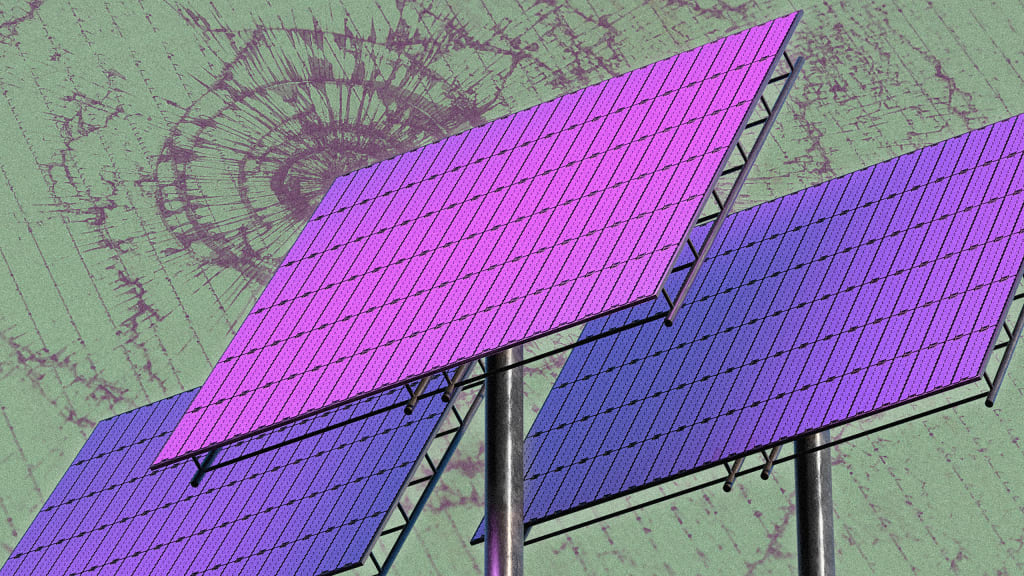
"Sending a solar panel to a landfill costs between US$1 and $5 in the U.S. But recycling it can cost three to four times as much, around $18."
"In 2023, about 90% of old or faulty solar panels in the U.S. ended up in landfills. Millions of panels have been installed worldwide over the past few decades."
"Many layers of solar panels are glued together and need to be separated before the glass can be melted down for reuse, complicating the recycling process."
"Older solar panels may contain small amounts of toxic metals such as lead or cadmium, making it difficult to determine their presence and complicating recycling."
Solar panels typically last 25 to 30 years, after which conditions like temperature changes and precipitation lead to wear and cracking. By 2030, there will be enough retired solar panels in the U.S. to cover 3,000 football fields. While recycling seems beneficial, it is economically challenging, costing around $18, while landfill disposal is only $1 to $5. The intricate design of solar panels makes glass recovery difficult, potentially only fit for low-quality uses. Moreover, older panels may contain toxic metals that complicate their recycling.
Read at Fast Company
Unable to calculate read time
Collection
[
|
...
]